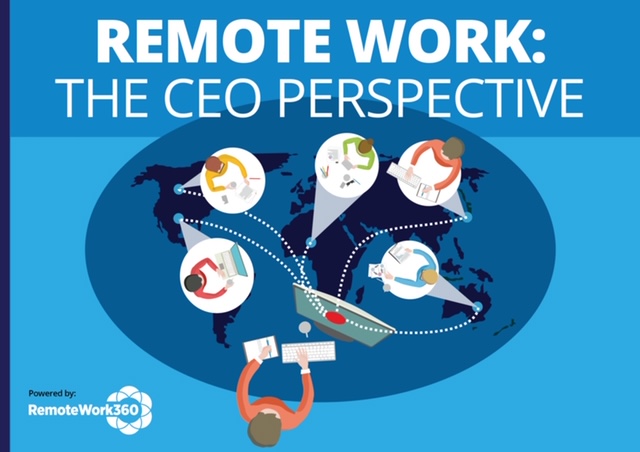What Do Virtual Events Have in Common with Remote Work?
- Home
- Supplier Directory
- Attendance & Monitoring
- Collaboration & Communication
- Cloud Telephony & VOIP
- Collaboration & Secure File Sharing
- Communication Software
- Creative Tools
- Culture Building
- Interactive presentations/screen sharing
- Messaging Tools
- Online Training
- Productivity
- Project Management
- Shared workspaces
- Time Tracking
- Video Conferencing
- Virtual Water Cooler
- Web Developer tools
- Finance/Accounting
- HR/Talent Management
- IT
- Managing Remote Teams
- Productivity
- Project Management
- Remote Workplace Wellness
- Sales & Marketing
- eNewsletter
- Events / Education
- About Us
- News
Remote Work Insights
ByHeidi Williams
Remote working and virtual events have a lot in common – particularly during a pandemic. They both remove live/physical, in-person interaction. They’re both relatively new ways of doing things for a lot of us. They’re both served by a lot of technologies and platforms that can facilitate – and indeed overcomplicate – their execution.
But I realised the other day that the single biggest commonality – which is often the downfall for both – is that we’re busy trying to replicate our existing in-person approach, whether in an office or at a live event, and just clone it into a virtual setting. We’re desperately trying to stick old normal strategies onto new normal, clinging to old habits and hopes, wondering why it’s all unravelling.
Virtual events and remote work have a lot in common
I’ve spoken with colleagues who’ve attended virtual events which have served up the educational content, one speaker after another, 40 minutes apiece, for 7 hours. I have friends who’ve been invited to exhibit virtually, waiting eagerly for the equivalent virtual “rush” they would have got at a live event at lunchtime when everyone walked through the exhibit-hall, only to find that attendees had walked out of their bedrooms to their kitchens, which didn’t really necessitate going past a “digital exhibition lounge”.
In remote work, the majority of people I talk to are operating exactly as they did pre-lockdown, except they’re slogging away longer and harder because an explosion of zoom or team meetings means they’re left doing their day job on the side and after hours.
Time to shine
This is a unique time for opportunity and innovation, a chance to do things differently and we need to embrace it. We need to drill back into the questions of what we’re trying to achieve, what value are we looking to deliver, what solutions we’re offering and pain-points we’re solving and rethink how digital might help us achieve that. On the whole, it often doesn’t work to replicate live events in a digital space – digital avatars walking around clunky, glitchy 3d exhibit halls feels like some kind of weird time-warp. Similarly, working remotely benefits from taking a different approach to working in-office. We should be re-imagining, not replicating, re-defining not just repeating.
If you’re doing things differently – we want to hear from you. We’d love to share your case studies of how you’re embracing remote work and really making it work for you. What were the key changes you made? What has been your most valuable tech-change? And your most valuable people-change? Share your stories, email heidi@remotework360.com
Related Posts
An estimated 86.3% of San Francisco employees are working from home, the highest rate among 10 major ...
May 11, 2021
In the third instalment of her blog - you can catch the first, on maintaining creativity here and ...
January 22, 2021
The different “kinds” of remote: finding the right fit your business Covid-19 has turned our world ...
January 14, 2021
RemoteWork360
RemoteWork360.com is powered by Chief Executive Group, which exists to improve the performance of business leaders, build communities and strengthen society.
Latest Insights
COPYRIGHT ©2020 REMOTEWORK360. ALL RIGHTS RESERVED.



